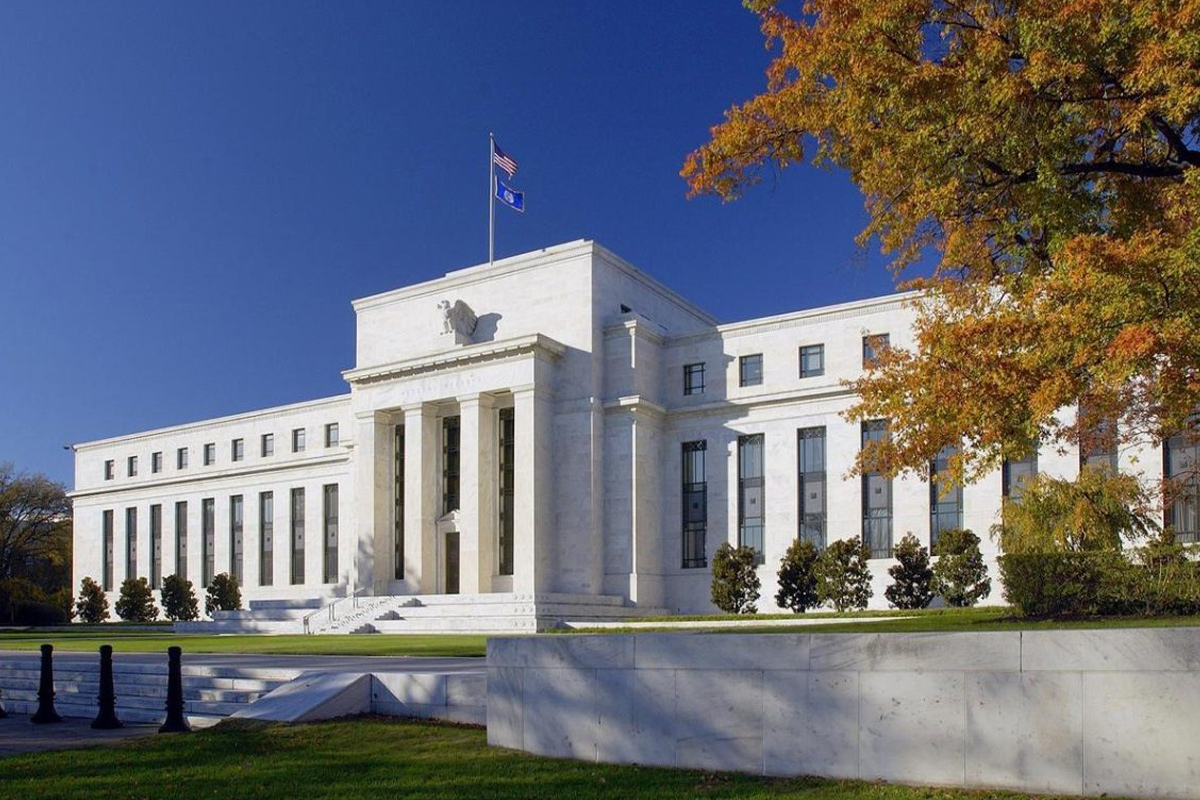The Federal Reserve’s preferred inflation measure edged higher in July, reversing some of the prior month’s sharp drop as the central bank works to bring inflation back to its 2% target.
The Personal Consumption Expenditures (PCE) Index excluding the cost of food and energy, or so-called “core” PCE, rose 4.2% over the prior year in July, in line with economist expectations and up from 4.1% in June, data released by the Commerce Department on Thursday showed.
On a headline basis, which includes all categories, PCE inflation rose 3.3% year over year in July, up from 3% the month prior and in line with expectations.
Personal consumption expenditures jumped at a robust pace in July, rising 0.8% versus 0.6% the month prior, driven in part by the success of the “Barbenheimer” theatrical doubleheader, along with the Taylor Swift and Beyoncé concert tours.
“Despite the apparent strength of real demand, inflationary pressures continued to ease,” Paul Ashworth, an economist at Capital Economics, wrote in a note to clients on Thursday.
Core PCE is the inflation measurement preferred by the Fed, as PCE — unlike the more widely-cited Consumer Price Index (CPI) — feeds directly into GDP.
Speaking last week at the Jackson Hole Economic Symposium last week, Fed Chair Jerome Powell said that inflation still remains too high.
“It is the Fed’s job to bring inflation down to our 2% goal, and we will do so,” he said, warning investors of a “higher for longer” period when it comes to interest rates, which remain in a range of 5.25% to 5.50%, the highest level since March 2001.
“Although inflation has moved down from its peak — a welcome development — it remains too high,” Powell said. “We are prepared to raise rates further if appropriate, and intend to hold policy at a restrictive level until we are confident that inflation is moving sustainably down toward our objective.”
Ashworth noted Thursday’s core PCE data was boosted by a 7% monthly increase in portfolio management prices, which tends to follow the stock market, which continued its 2023 rally in July.
In July, the annualized rate of core PCE inflation over the last three months fell to 2.8%, Ashworth’s work showed, the slowest pace in two and a half years.
“That’s still above the [Fed’s] 2% target but, factoring in the coming slowdown in housing inflation, a return to target by mid-2024 is now well within reach,” Ashworth wrote.
Still, the Fed Chair said the central bank will “proceed carefully” when it comes to future rate hike decisions.
July’s PCE reading comes after CPI inflation showed consumer prices rose at a faster year-over-year pace in July compared to the previous month’s annual gain, with headline CPI rising 3.2% in July, a slight acceleration from June’s 3% annual increase.
As it weighs its next steps, the Federal Reserve will also be closely watching Friday’s jobs report data for August. Economists expect there were 168,000 jobs added to the US economy in August, while the unemployment rate is estimated to remain flat at 3.5%.






